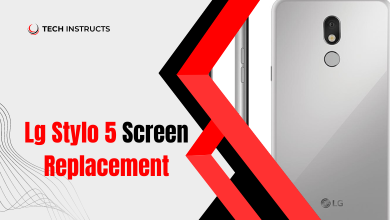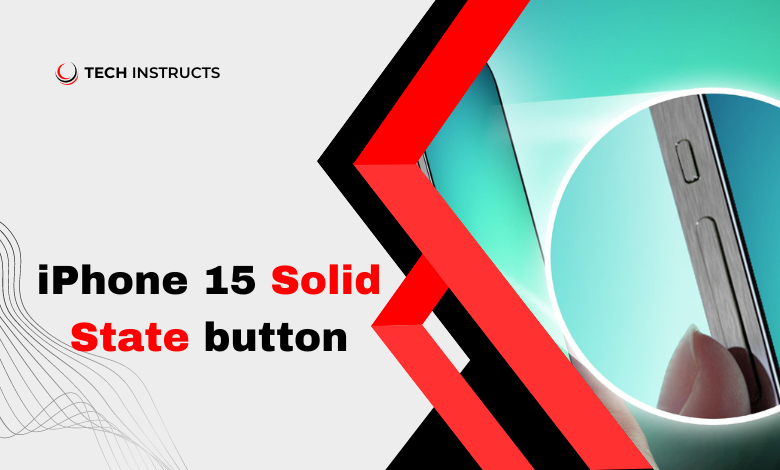
Mobile technology has seen leaps and bounds in innovation, not just in terms of screen resolution or camera quality, but in the very ways we interact with our devices. Enter the iPhone 15—boasting the latest solid-state button technology that’s set to redefine user interaction. This advanced button system promises a tactile experience like no other, whether you’re sending a text. Snapping a photo, or maneuvering through the latest blockbuster mobile game. We’ll explore what solid-state buttons are, how they benefit users, and the potential they hold for the future of mobile design.
Understanding Solid State Buttons
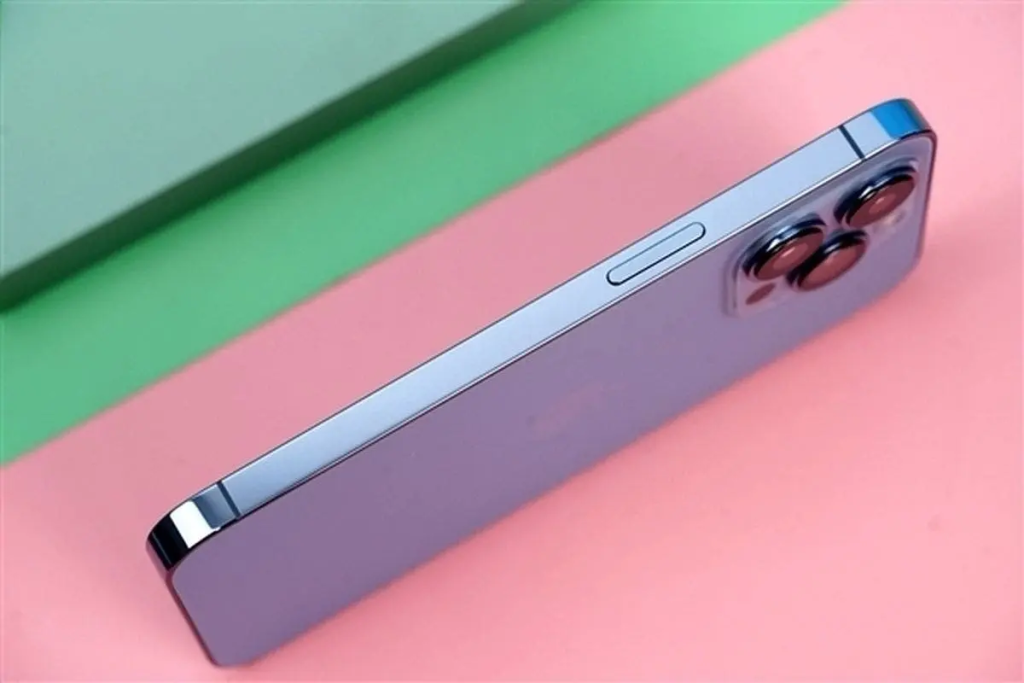
The Evolution Beyond Tactility
In essence, solid-state buttons replace the traditional mechanical keys you’d typically find on a smartphone. Instead of a moving part, a solid state button has no intricate mechanisms; it’s a singular, solid component. The primary benefits over traditional buttons are their heightened durability and the elimination of the wear and tear that commonly affects moving parts over time. This equates to a more reliable button system that lasts as long as the device itself.
Advantages Galore
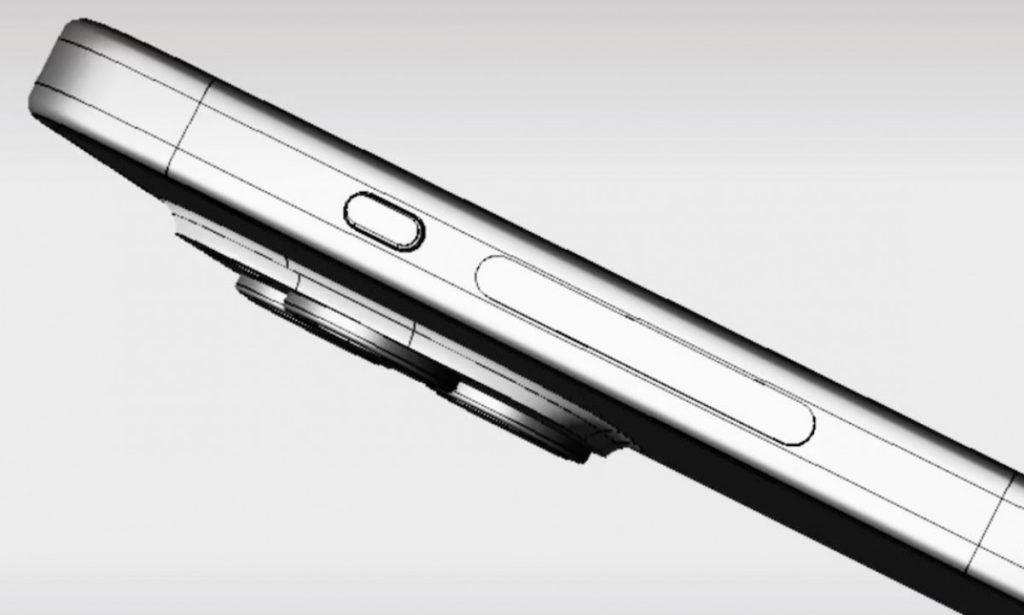
Solid state buttons offer several advantages, including:
- Durability: With no moving parts to wear out, solid-state buttons are built to last. Ensuring a consistent user experience over the lifetime of the device.
- Responsiveness: These buttons respond to the lightest touch, making interactions smoother and more immediate.
- Design Flexibility: By not having to accommodate physical mechanisms, solid-state buttons. Its provide manufacturers with greater design freedom, leading to slimmer, more aesthetically pleasing devices.
Inside the iPhone 15
Apple’s implementation of solid-state buttons in the iPhone 15 is a marvel of engineering. These buttons work through a combination of capacitive touch sensors and haptic feedback, creating the illusion of a physical press that’s both familiar and precise. Each press triggers a finely tuned vibration, replicating the feel of a traditional button without the need for any mechanical parts.
SUGGESTED POST: How to Hook Up 3 Monitors to One Computer
Impact on User Experience

A Button That Adapts to You
Solid state buttons transform the iPhone 15 into a personalized touch experience. Users can adjust the button’s sensitivity, determining how much pressure is needed for an ‘input’. This customization allows for a tailored interaction, reflecting individual preferences that simply weren’t possible with mechanical buttons.
Gaming Like Never Before
Mobile gaming, in particular, sees significant improvements with solid-state buttons. The enhanced responsiveness and tactility provided by this technology can make all the difference during intense gameplay. It’s a game-changer for mobile gamers, quite literally, as the iPhone 15’s solid state buttons respond in lockstep with the on-screen action, putting the player firmly in control.
User Testimonials
Early adopters and reviewers have lauded the solid-state buttons on the iPhone 15, with many praising their reliability and the satisfying ‘click’ that the haptic feedback provides. The consensus seems to be that once you’ve experienced using solid-state buttons, going back to mechanical ones feels like a step backward in technology.
Future of Smartphone Design
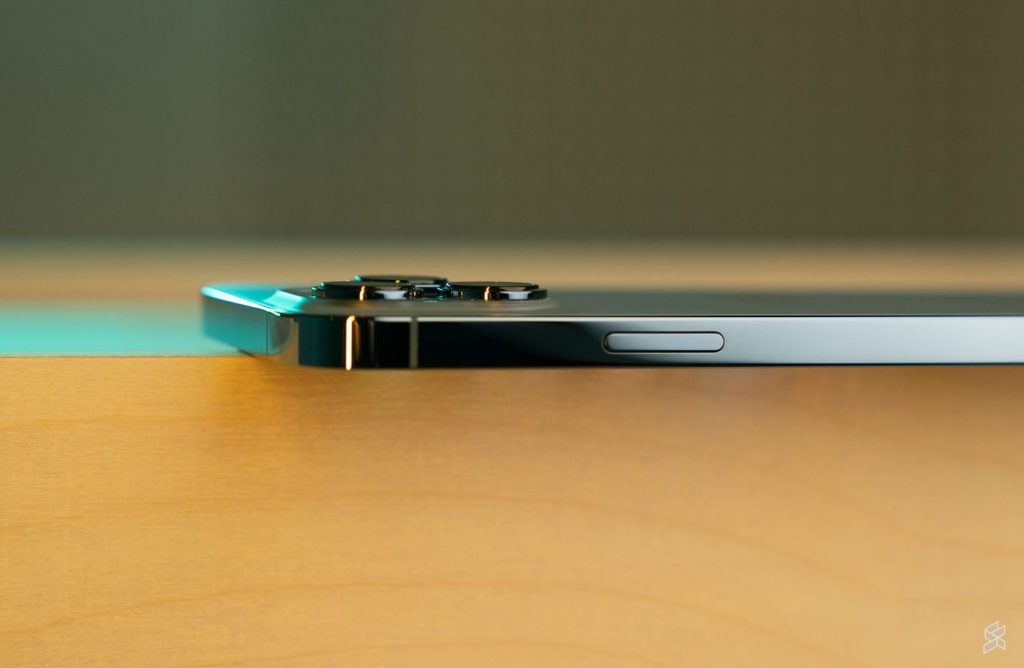
The Ripple Effect
The iPhone 15’s introduction of solid-state buttons is likely to have a significant impact on the smartphone industry. Other manufacturers will undoubtedly follow suit, with competitor devices set to feature their take on this innovative technology. The result could be a seismic shift in smartphone design, as increasingly more devices adopt solid-state buttons, further differentiating the user experience.
Predicting the Future
When it comes to Apple products, a new feature like solid-state buttons often marks the beginning of a larger trend. We might see more integrations across devices, with future iPhones, iPads, and even MacBooks sporting solid-state buttons. The technology’s applications could extend to wearable tech and home appliances, promising a more interactive and robust user experience across the spectrum of smart devices.
Implications for Design
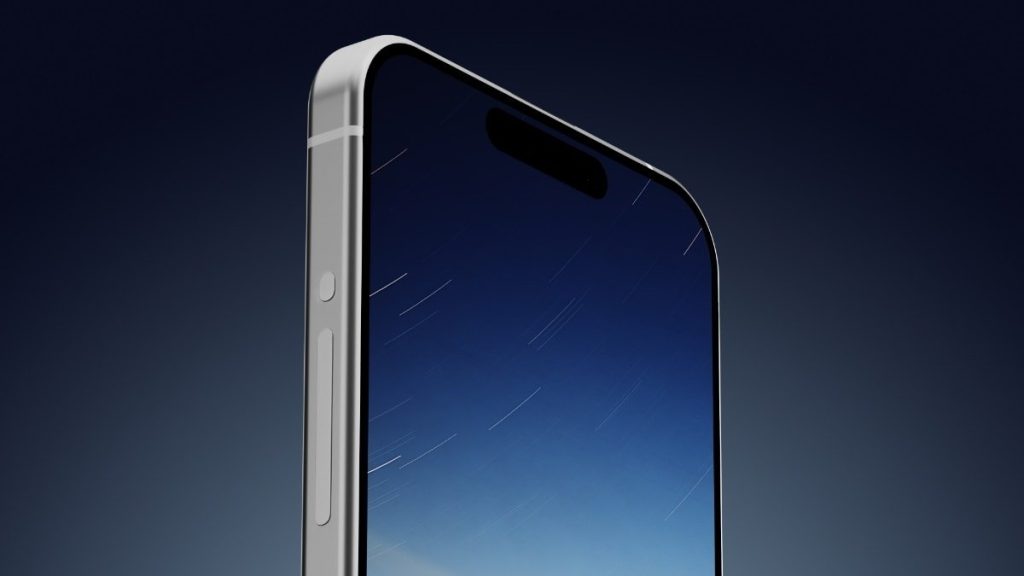
Solid-state buttons open up new possibilities for smartphone design. Without the constraints of mechanical buttons, future models can be more water and dust-resistant, with sleeker profiles and a more modern look. The role of the tactile experience in user interface design will evolve, creating subtle yet profound changes in how we engage with our digital lives.
RECOMMENDED POST: Dell Desktop Keyboard Not Working? Here are the Fixes
Conclusion
The solid-state buttons on the iPhone 15 are not just about clicking a key—they’re about redefining the very nature of interaction in mobile technology. With their durability, responsiveness, and potential for customization, these buttons offer a glimpse into a future where our devices adapt to us more than we to them. The implications for gaming, device lifespan, and design trends across the industry are far-reaching, making the iPhone 15 a pivotal release for tech enthusiasts and iPhone users alike.
FAQs About iPhone 15 Solid State Buttons
How do solid-state buttons differ from traditional mechanical buttons?
Solid-state buttons utilize advanced materials and technology to offer enhanced durability, responsiveness, and customization options compared to traditional mechanical buttons.
Can I customize the functionality of the iPhone 15 solid-state buttons?
Yes, users have the flexibility to customize button actions according to their preferences, allowing for a personalized experience tailored to individual needs.
Are solid-state buttons prone to wear and tear?
No, iPhone 15 solid-state buttons are engineered for durability, boasting longevity and resilience against daily use, unlike traditional mechanical buttons susceptible to mechanical failures.
Do solid-state buttons offer tactile feedback?
Yes, despite their flush surface, solid-state buttons provide tactile feedback, ensuring users can feel the button press without compromising the device’s sleek design.
How do solid-state buttons contribute to overall device performance?
iPhone 15 solid-state buttons enhance device performance by offering swift and accurate input, minimizing lag, and optimizing user interaction across various applications and functionalities.
Are solid-state buttons exclusive to iPhone 15?
Currently, solid-state buttons are a distinguishing feature of iPhone 15, showcasing Apple’s commitment to innovation and pushing the boundaries of smartphone technology.



